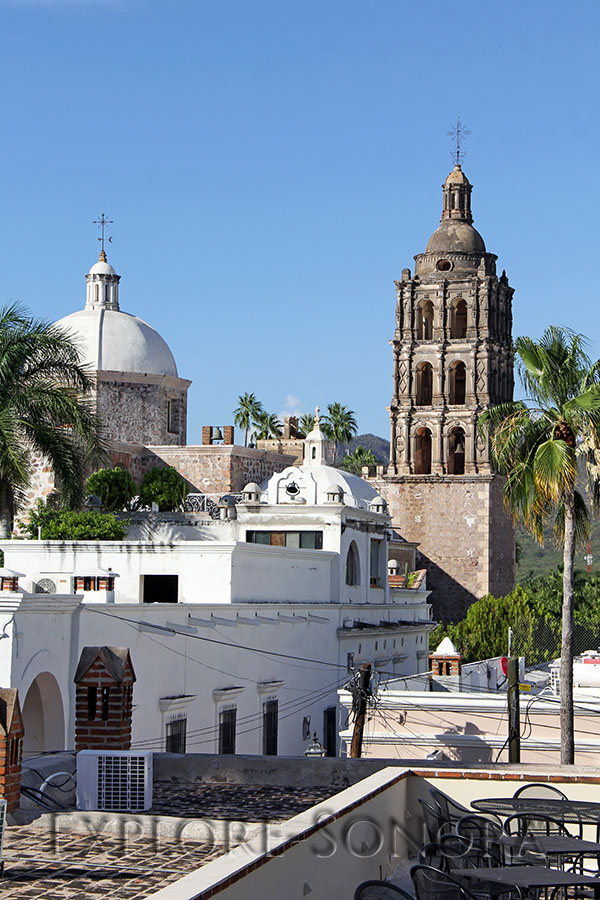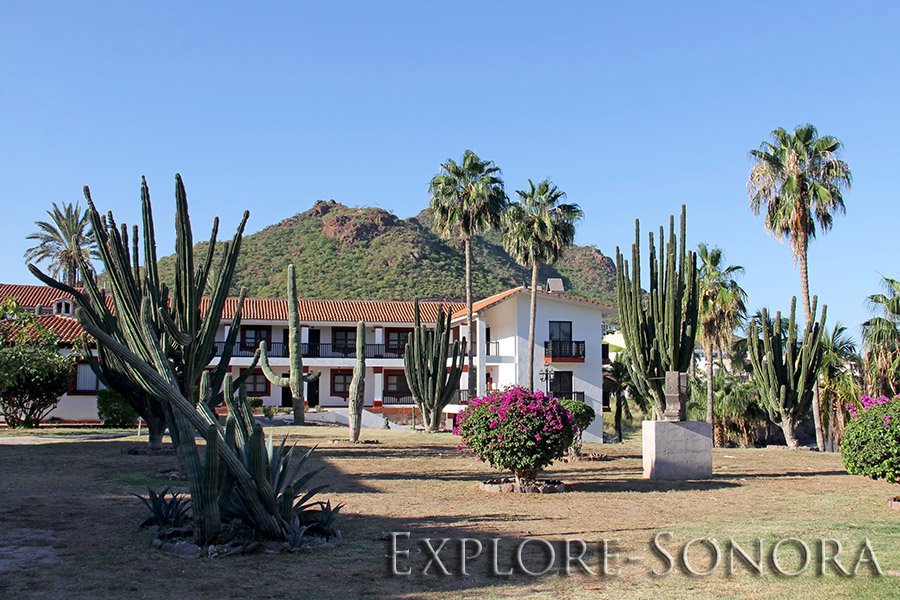Sonora Travel Warning Now Includes San Carlos, Guaymas, Alamos, more specific areas of Nogales
The U.S. Department of State updated its Sonora travel advisory information on August 18 to include all of the state of Sonora south of Hermosillo, and added more specificity to its travel advisory to the city of Nogales, Sonora, Mexico. It did not formally announce the changes to the media, other than forecasting it in a Tweet on the evening of July 31.
State Department travel advisories provide indirect advice to travelers for a country, or region in that country, by stating as a proxy technique where government employees can and cannot travel. Previously, the U.S. Department of State allowed government employees to visit the magical pueblo of Alamos and the coastal cities of Empalme, Guaymas and San Carlos. But no more – those travel exceptions have been removed.
Guaymas and San Carlos
The State Department Tweet on July 31 that prohibited travel for U.S. government employees to “San Carlos, Guaymas, Empalme, and all points south of Hermosillo” was announced due to “recent violent criminal activity and police action.”
Without going into great detail, one event that apparently influenced the decision was the “disappearance” of a Mexican tourist from Southern Sonora who was visiting the Guaymas – San Carlos area with his family and was abducted along with two other men, reportedly by local police officials. Busloads of Sonorans from Southern Sonora have staged protests in the Guaymas – San Carlos area at different times following the incident, but thus far the whereabouts of the men is still unknown.
Highway Travel
There are two highway routes where U.S. government employees are allowed to travel in Sonora, Mexico – but only during daylight hours. The first is Mexico highway 15, between Nogales and Hermosillo.
The other is the route from Nogales to Puerto Peñasco (Rocky Point) via Mexico highway 2, which intersects with highway 15 at Santa Ana and continues to Caborca, and its connecting State Highway 37 from Caborca to Rocky Point.
For coastal travelers, the route from Nogales to Rocky Point would also include the seaside fishing village of Desemboque, Caborca. Read more about Desemboque.
Nogales
As in previous travel warnings, the August 2018 travel advisory mentions the “triangle” whose first two points are the Nogales Mariposa commercial port of entry and along the border to the border city of Sonoyta, Sonora. The third point of the triangle is the city of Altar, Sonora, located east of Caborca.
But on August 18, the State Department provided some guidance to “government employees” regarding travel in and around Nogales, Sonora, Mexico. And the statement raises some questions, because parts of it are confusing.
The first sentence prohibits government employees from traveling in an area bounded by Avenida Instituto Tecnologico (which was the location of a rolling gun battle between city police and a cartel caravan of pickup trucks on February 27, 2018); the Periferico, which is the four-lane road that rumbles from the Mariposa Port of Entry to connect with Avenida Obregon; and the Corredor Fiscal, which is the toll road that extends from just south of the Mariposa Port of Entry to a toll station located south of Nogales.
The prohibited area identified as the “residential areas to the east of Avenue Plutarco Elias Calles” is the notoriously dangerous Buenos Aires neighborhood, which is not a tourist destination and is effectively closed to outsiders at night.
The State Department allows government employees to travel by bus from Nogales, but leaves them in a quandary of how to get to the bus stations, since they are now not permitted to take a taxi in Nogales and would need some form of ground transportation to get to the bus terminals.
Which means that government employees planning to travel by bus from Nogales must either arrange private transportation or take one of the 1970’s vintage school buses that serve as economical transportation in Nogales, Sonora. Perhaps future State Department advisories will guide government employees to take the buses with “El Greco” written in shoe polish on their windshield, and upon boarding, to ask the driver to drop them off at the terminal. Because those buses get crowded as they go south, and the driver may not hear them shouting “baja!” in time to make the stop.
In all seriousness, we have been taking Nogales taxis for decades and found them to always be courteous and professional. Sure, sometimes scary, but that’s traffic in Nogales, Mexico. There have been headlines about nighttime violence regarding Nogales taxis, but those crimes were committed against the taxi drivers, not by them.
And finally, the mysterious “El Centro” is not the city in California. There is a Colonia Centro neighborhood south of the Nogales border area, and the area extending a few blocks south from the Nogales international border wall is sometimes known as “el centro,” or downtown Nogales. If you plan to go to either areas at night, especially at bars and nightclubs, it is best to head home before 10:00 p.m.
State Department statement regarding travel in Nogales, Mexico:
The district within Nogales that lies to the north of Ayenida (sic) Instituto Tecnologico and between Periferico and Corredor Fiscal, and the residential areas to the east of Plutarco Elias Calles. U.S. government employees are not permitted to use taxi services in Nogales, but bus travel is permitted. Movement around the city after dark is by vehicle only. U.S. government employees should avoid El Centro and all night clubs after 10:00 p.m.
More Information
We are preparing a couple more posts regarding the Sonora travel advisories, stay tuned here for links. And travel safe.
The State Department updated its Sonora travel advisory information on August 22. The update included information regarding U.S. government employees’ travel to the border cities of San Luis Rio Colorado and Agua Prieta, and the historic mining town of Cananea, Sonora. Read more about the travel advisory.
Full text of the current State Department Sonora, Mexico Travel Advisory



